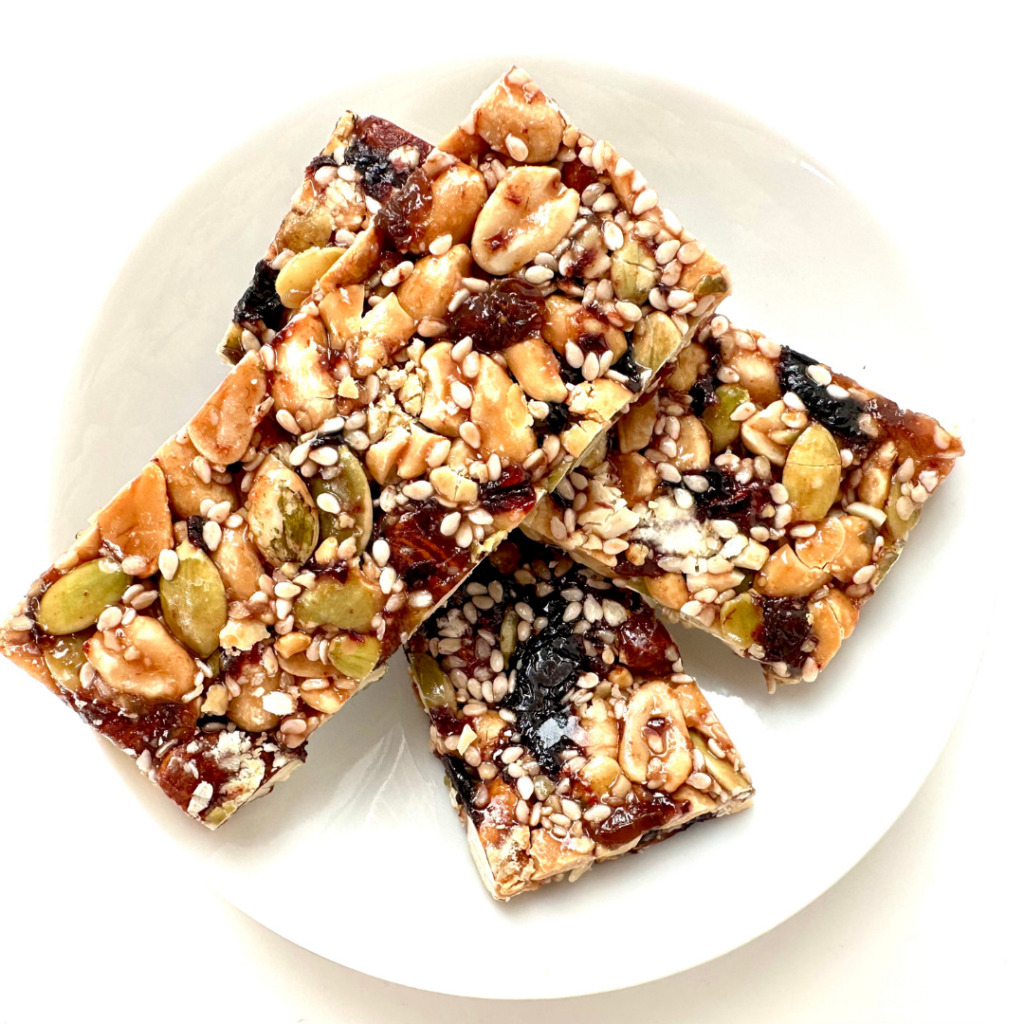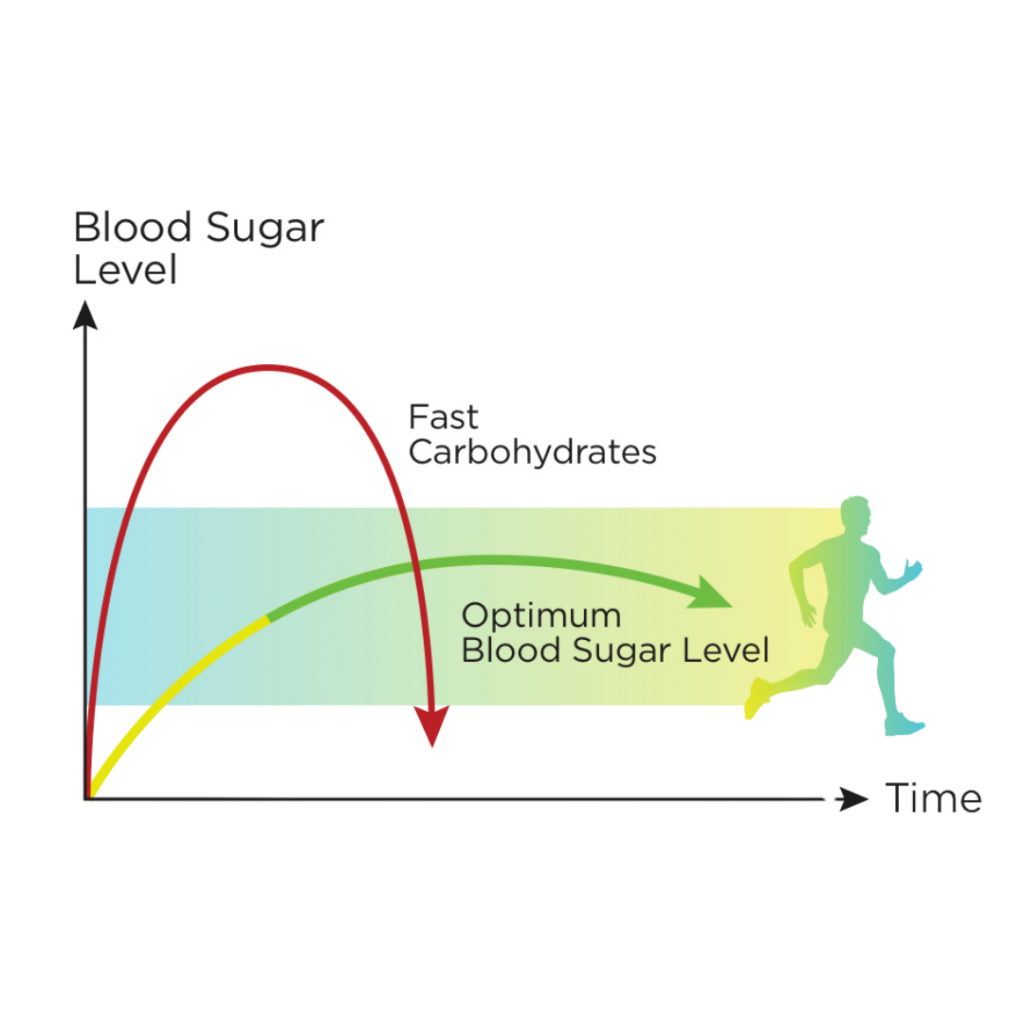x


The GI of Isomaltulose
Isomaltulose – Low GI Sugar
Isomaltulose – a carbohydrate sourced from the essence of sugar cane, meticulously designed to redefine your energy dynamics.
At the heart of Isomaltulose’s superiority lies its low glycemic index (GI), a distinctive feature that profoundly influences metabolic responses. Unlike conventional sugars, Isomaltulose orchestrates a gradual and sustained release of glucose into the bloodstream. This intricate modulation translates into a remarkable absence of abrupt glycemic spikes, paving the way for a protracted and unwavering energy supply.
The implications of Isomaltulose’s low GI extend beyond the surface. It emerges as an invaluable asset for maintaining glycemic equilibrium, catering to diverse segments, including those aiming to restrict sugar intake, diabetics pursuing vigilant glucose control, and individuals adhering to low glycemic diets. Its utility reverberates through the athletic realm, where sustained energy and endurance are pivotal, aligning seamlessly with the demands of rigorous training regimens.
Yet, Isomaltulose is a multifaceted ingredient, transcending its role as an energy enhancer. Its application canvas spans sports nutrition formulations, where it engineers enduring performance fuels, to beverages that harmonize refreshment with cognitive acuity, devoid of precipitous energy crashes. The realm of culinary pursuits embraces Isomaltulose, as it reshapes the confectionery landscape with measured sweetness, devoid of the drastic glycemic repercussions synonymous with traditional sugars.
Elevate your energy paradigm with Isomaltulose – The Performance Sugar, a catalyst for sustained vigor, metabolic finesse, and limitless possibilities. Usher in a new era of energy optimization today!
Isomalt – Sugar free
Isomalt, a sugar alcohol derived from sucrose, possesses a range of distinctive properties that have propelled its versatile applications in the food and confectionery industries. Renowned for its capability to provide sweetness without the caloric load of regular sugar, isomalt has gained traction as an attractive sugar substitute.
A noteworthy attribute of isomalt is its sweetness profile, approximately half that of sucrose, rendering it a valuable tool in crafting delectable low-calorie and sugar-free products. Yet, what truly sets isomalt apart is its unique behavior in various conditions. Its non-hygroscopic nature endows it with the ability to maintain the intended texture and structure of confectionery products even when exposed to high humidity. This quality is particularly crucial in creating candies and confections that require stability and extended shelf life.
Furthermore, isomalt exhibits exceptional thermal stability, standing up to high temperatures without undergoing the same caramelization and browning reactions as regular sugars. This characteristic makes it a preferred choice in baking applications, where heat-resistance is imperative to maintaining product quality.
The diverse applications of isomalt are vast. In the realm of confectionery, its reduced sweetness and non-cariogenic properties have enabled the creation of sugar-free candies, chocolates, and lollipops that not only cater to dietary preferences but also support oral health. Its ability to remain transparent after melting and re-solidifying has made it a favorite for crafting clear hard candies and intricate molded decorations.
The food industry at large benefits from isomalt’s versatility. It serves as an ingredient in an array of products, from sugar-free syrups and sauces to baked goods that demand heat stability. This adaptability to different culinary processes is a testament to its value as a sugar substitute in a wide variety of recipes.
As consumers increasingly prioritize health-conscious choices, isomalt’s significance as a valuable tool for crafting flavorful, visually appealing, and nutritionally conscious products continues to rise. Its distinctive properties enrich the food and confectionery landscape, offering alternatives that cater to diverse tastes and dietary needs.

.